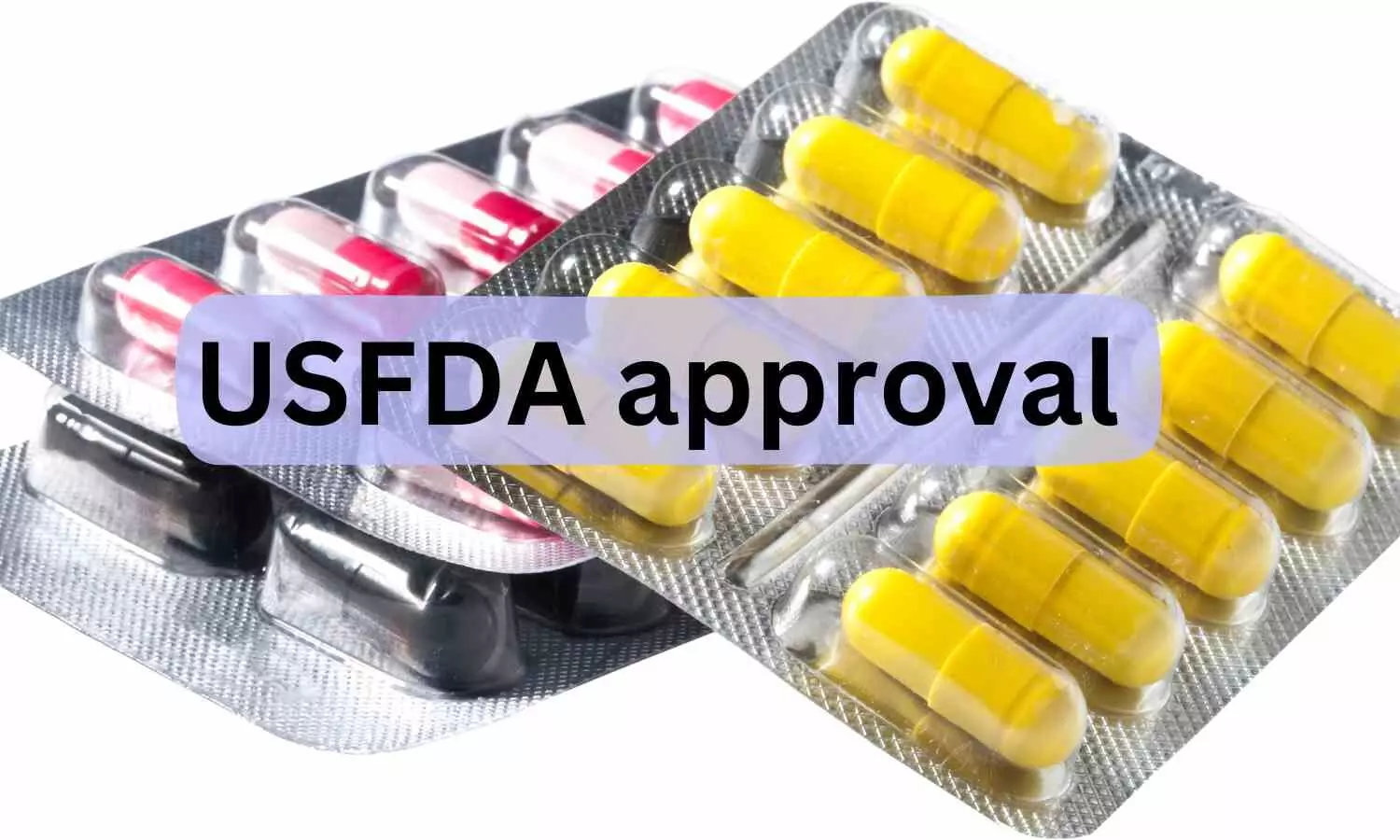While threats to schools were received from a Russia-based mailing service, Sunday’s threats to hospitals and two other installations were received from a Europe-based mailing service company ‘beeble.com’, officials said.
Also Read:Bomb threat at Chacha Nehru Hospital turns out to be hoax
According to a police officer, the e-mail was sent to one hospital with copies marked to others with the same content, an officer said. The officer said it was generated from sender id “courtgroup03@beeble.com”, which is being verified and cyber officials are trying to locate the IP address, reports news agency PTI.
The content of the letter read, “I have placed explosive devices inside your building. They will explode in the following hour. This isn’t a threat, you have a few hours to disarm the bomb or else the blood of innocent people inside the building will be on your hands.
“The group called ‘Court’ is behind this massacre,” it said.
The Delhi Police suspects the email was sent with the help of a VPN (virtual private network) or proxy server so that the IP address could not be traced. The Delhi Police Special Cell is likely to file an FIR and conduct the probe, the officer said.
Police received information regarding the threat from Brurari Hospital at 3 pm after which complaints came in from several other hospitals across the city and police teams were dispatched but “nothing suspicious” has been found yet, officials said.
According to a PTI report, The bomb threats were reported from Indira Gandhi International Airport Terminal-3, Burari Hospital, Sanjay Gandhi Memorial Hospital, Guru Teg Bahadur Hospital, Bara Hindu Rao Hospital, Janakpuri Super Speciality Hospital, Deen Dayal Upadhyay, Dabri’s Dada Dev Hospital and Aruna Asaf Ali Government Hospital in Civil Lines, a senior Delhi Fire Services official said.
The Guru Nanak Dev Eye Hospital, Gramin Swastha Prashikshan Sansthan in Najafgarh, ILBS in Vasant Kunj are among the hospitals which were also checked by the local police as the emails were sent to them too, a police officer said.
The CPRO building located at State Entry Road in Connaught Place was also checked but nothing suspicious was found, the officer said. At some of the hospitals, the checks were underway till late night, he said.
“The Security Operations Control Centre at IGI Airport has received a threat email concerning an explosive device within the premises. Enhanced security protocols are now in effect, and safety measures have been intensified. Legal action has been initiated. No suspicious items have been found as of now,” Deputy Commission of Police (IGI) Usha Rangnani said.
The officer said that the airport authorities received a threat email at 6 pm.
Security has been beefed up in all the hospitals in the city and additional police force deployment was made at the airport, however, nothing suspicious was so far recovered from any of the locations so far, they said.
After a call regarding from Burari Hospital, local police, bomb squad and dog squad were rushed to the spot, Deputy Commissioner of Police (north) M K Meena said. “Teams are checking the hospital. Nothing suspicious has been found yet.” In a statement, an official at the Burari Hospital said, “At around 3 pm, we received an email regarding a bomb in the hospital. After this, all the safety measures had been thoroughly checked and everything was stable. This was the first time we received such an email.” The Sanjay Gandhi Hospital also received a threat email around 3 pm, according to officials.
“Soon after the call, we immediately pressed two fire engines at both the locations. Teams have been sent at all the locations from where we are getting calls. The search operation is going on,” a DFS official said.
Shahdara DCP Surendra Choudhary said at around 3.30 pm, a bomb hoax email was received at GTB Hospital and authorities informed local police about it.
“Immediately police swung into action and called the bomb disposal squad to the hospital. Checking was done of GTB Hospital and Delhi State Cancer Institute (situated within the premises). Nothing suspicious found,” DCP Choudhary said.
Another officer from Delhi’s Dwarka said that a PCR call was received at Dabri police station regarding the bomb threat at Dada Dev Hospital. Police and hospital staff checked the premises and fire tender, agencies requisitioned also visited the hospital.
Nothing suspicious was found in the hospital, the officer said.
Doctor Rajat Jhamb from GTB Hospital said, “We received a bomb threat via e-mail at the same time as other hospitals, but there was no panic-like situation at the hospital.” Meanwhile, the Municipal Corporation of Delhi officials said that the administration of Bara Hindu Rao Hospital came to know about a bomb threat.
“After receiving information about a bomb in the the hospital, the SHO of the area inspected the premises with dog squad and bomb detection squad. No threat was found. Additional MS of Hindu Rao Hospital, nodal officer, exigency officer and security in-charge of the hospital took another round of premises. Few openings were closed and directions to increase security checks in night were given,” they said.
“Operation theatre, emergency, CCU and blood bank are equipped for any adverse event. Hospital is on high alert for QRT activation. Hospital staff have also been asked to be vigilant,” the MCD said in a statement.
On May 1, over 150 schools in Delhi-NCR received an identical threat email claiming that explosives had been planted on their premises, triggering massive evacuations and searches. The authorities later declared it a hoax.
The Delhi Police’s anti-terror unit special cell traced the domain of e-mails to Russia and it is suspected to have been formed with the help of the dark web — an encrypted online content that allows individuals to hide their identity and location from others.
After the hoax e-mails to schools, Union Home Secretary Ajay Bhalla reviewed situation with senior officials and emphasised the need to enhance security, deploy CCTV cameras and regularly monitor e-mails in the schools, besides preparing a detailed protocol and SOPs to handle any such incidents in the future.
Despite the disruptive nature of these threats, authorities remain vigilant, ensuring swift responses to safeguard public safety and maintain order in the affected areas.
Also Read:53-year-old dentist under scanner for hoax bomb threat at Noida hospital










